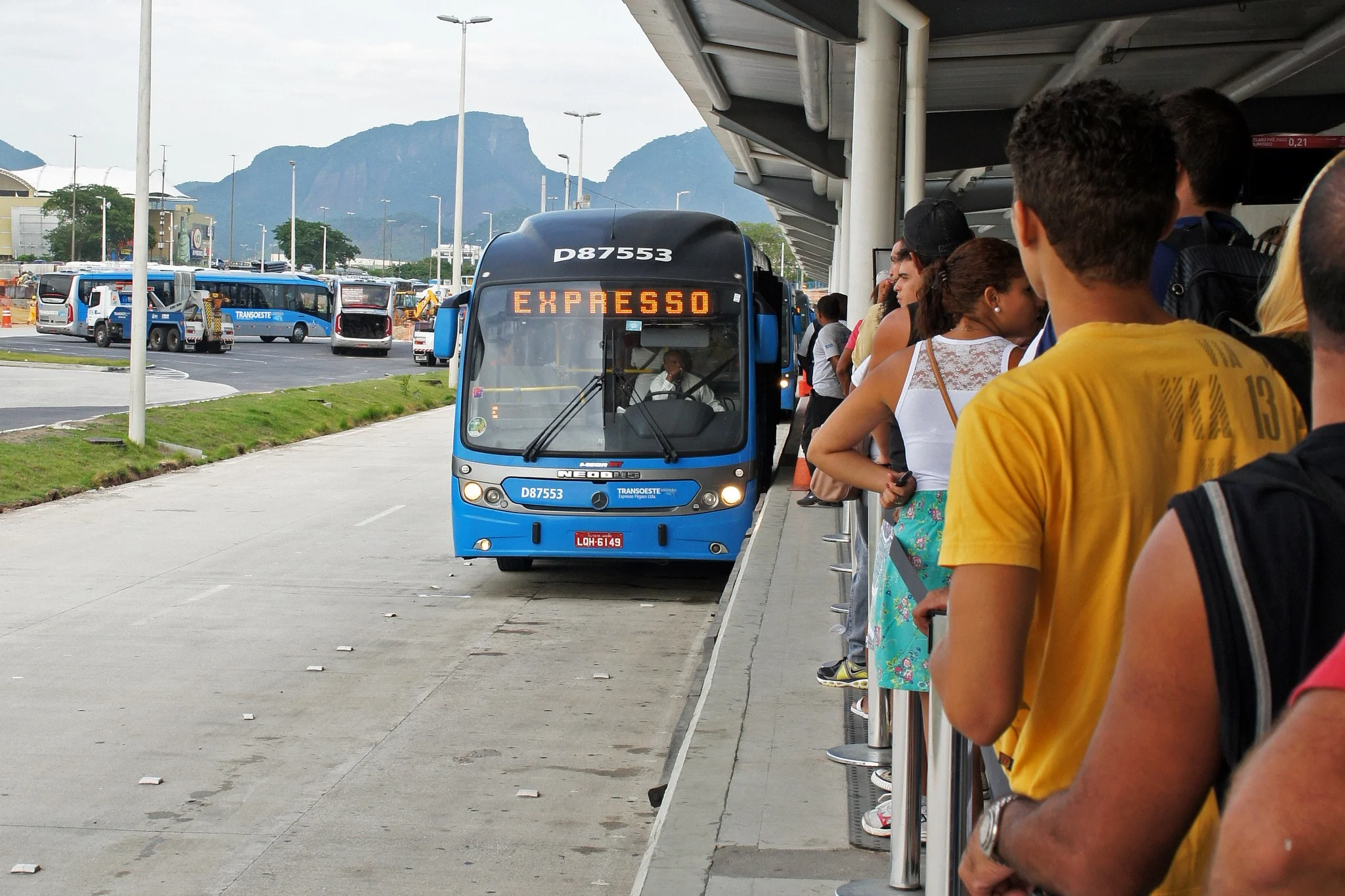The Congress for New Urbanism has a pretty in depth look at how transit will change if/when automated vehicles fill our cities, neighborhoods, and roads. They explore the benefits and consequences to personal autonomous vehicles and autonomous taxis, but the bit about autonomous rapid transit is what we're after:
Autonomous rapid transit (ART) proposes the application of AV technology in shared vehicles on dedicated transit lanes similar to Bus Rapid Transit (BRT) systems. Such an approach would achieve the efficiency of AV flow without eliminating private vehicles from city streets. It would minimize the operational costs of BRT by eliminating the need for drivers; reduce VMT (vehicle miles traveled) significantly by tailoring capacity by time and place to match demand, and cut travel time for many by going direct to destination.
Most importantly, ART could form a feasible, smooth transition from the existing conditions and ownership patterns to completely shared AV environments.
It's easy to picture a world where shared robots move us through the world, communicating with each other at the speed of light and avoiding most (or all?) collisions due to their perfect robot brains. Unfortunately, to get to that incredibly safe and chill future world, we've got to go through a transition time where human drivers share the road with autonomous vehicles.
Autonomous rapid transit—either with bus-sized vehicles or smaller four-person vehicles—could help ease us into the autonomous future while making existing rapid transit cheaper and safer.
Photo by: mariordo59

